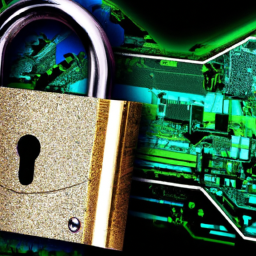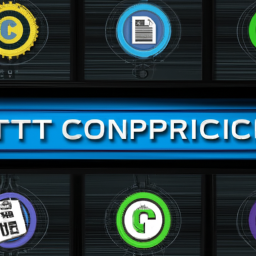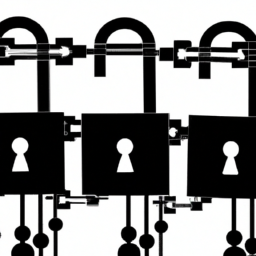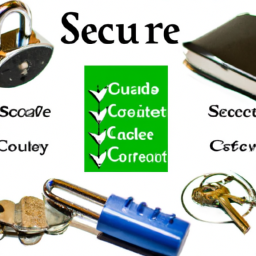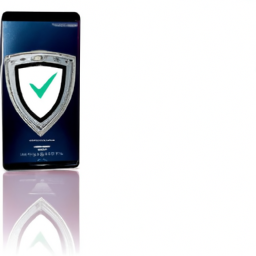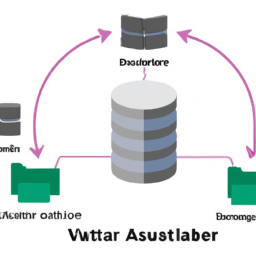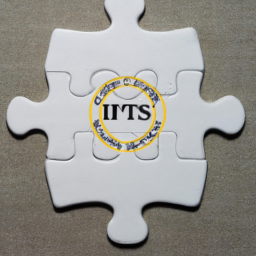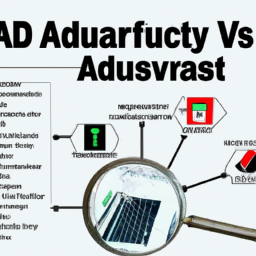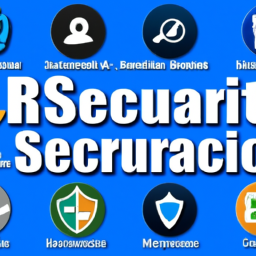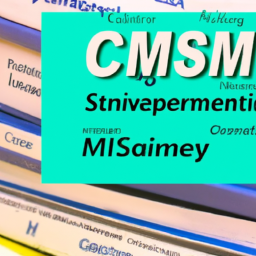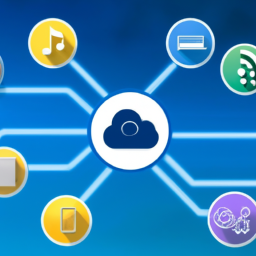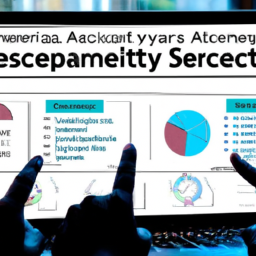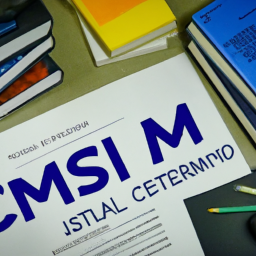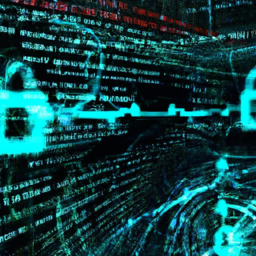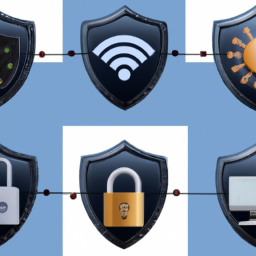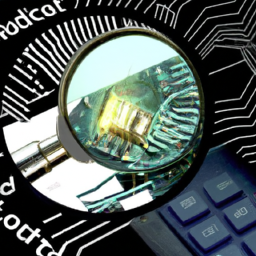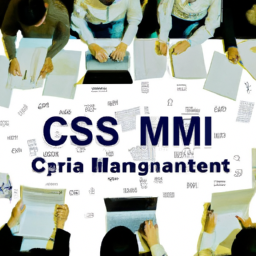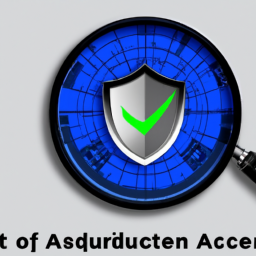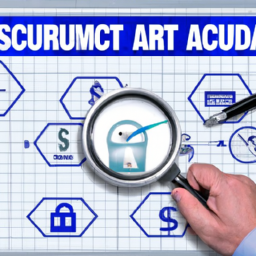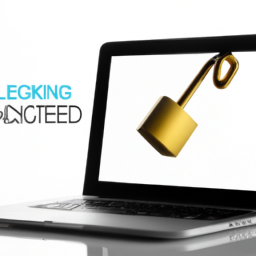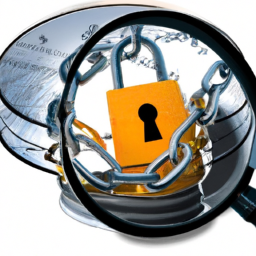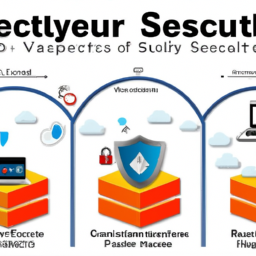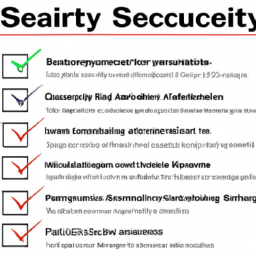Did you know that cyber attacks have increased by 600% during the COVID-19 pandemic?
With the rising number of threats, it is crucial for organizations to prioritize effective security risk management.
To protect your company’s sensitive data and maintain a strong defense against potential breaches, it is essential to follow best practices that can mitigate risks and ensure a secure environment.
This article will provide you with a comprehensive guide on the best practices for effective security risk management.
By conducting regular risk assessments, implementing strong access controls, educating employees on security awareness, regularly updating software and systems, developing an incident response plan, and continuously monitoring and improving security measures, you can proactively safeguard your organization against potential security threats.
Stay one step ahead of cybercriminals and establish a robust security risk management strategy today.
Key Takeaways
- Regular risk assessments are crucial for effective security risk management.
- Strong access controls and authentication measures enhance security.
- Educating employees on security awareness is crucial.
- Regularly updating and patching software and systems is vital.
Conduct Regular Risk Assessments
You need to regularly conduct risk assessments to ensure effective security risk management. Continuous monitoring and evaluation of potential risks is crucial in identifying vulnerabilities and implementing appropriate risk mitigation strategies.
By conducting regular risk assessments, you can proactively identify security gaps and take necessary actions to address them. This involves analyzing potential threats, evaluating their impact on your organization, and prioritizing your security efforts accordingly.
Regular risk assessments enable you to stay ahead of emerging threats and adapt your security measures to evolving risks. Additionally, they help you identify areas where you can improve your security controls and strengthen your overall risk management approach.
By incorporating continuous risk assessments into your security practices, you can implement strong access controls and authentication measures seamlessly to enhance your organization’s security posture.
Implement Strong Access Controls and Authentication Measures
Enhance your security measures by implementing robust access controls and authentication measures. Secure password management is crucial for providing an additional layer of protection. Encourage users to create strong, unique passwords and regularly update them.
Implementing multi-factor authentication (MFA) adds an extra level of security by requiring users to provide multiple forms of identification. This could include a password, a fingerprint scan, or a one-time verification code sent to a mobile device. MFA significantly reduces the risk of unauthorized access, even if a password is compromised.
Additionally, regularly review and update access controls to ensure that only authorized individuals have access to sensitive information. By implementing strong access controls and authentication measures, you can greatly enhance the security of your systems and protect against potential threats.
Transitioning into the subsequent section, educating employees on security awareness is another crucial step in maintaining effective security risk management.
Educate Employees on Security Awareness
Immerse your employees in a culture of security awareness, where knowledge becomes armor against potential threats, shielding your organization from vulnerabilities. Educating your employees on security awareness is crucial to ensuring a strong defense against cyber attacks. Through regular security training sessions, you can equip your workforce with the necessary knowledge and skills to identify and respond to potential threats. One effective way to prevent phishing attacks is by teaching employees how to recognize suspicious emails and avoid clicking on malicious links or providing sensitive information. Additionally, implementing simulated phishing exercises can help employees practice their skills in a controlled environment. By continuously reinforcing security awareness, you can create a workforce that is vigilant and well-prepared. Transitioning into the subsequent section, regularly updating and patching software and systems is another vital aspect of effective security risk management.
Regularly Update and Patch Software and Systems
Staying up to date with software updates and patches is crucial to keeping your systems secure and protected from potential vulnerabilities. Software vulnerabilities can arise from coding errors, design flaws, or even changes in the threat landscape.
By regularly updating and patching your software and systems, you can mitigate the risk of these vulnerabilities being exploited by attackers. Software updates often include security patches that address known vulnerabilities and improve the overall security posture of the system.
Neglecting to update and patch your software can leave your systems exposed to attacks and compromise the confidentiality, integrity, and availability of your data. Therefore, it’s essential to prioritize and schedule regular updates and patches to ensure the ongoing security of your systems.
As you continue to strengthen your security risk management, the next step is to develop an incident response plan.
Develop an Incident Response Plan
To effectively manage potential security incidents, you should create a plan that outlines the necessary steps to take in response to an incident, ensuring a timely and coordinated approach to minimize damage and restore normal operations. As the adage goes, "Failing to plan is planning to fail."
Developing incident response procedures is a crucial aspect of this plan. These procedures should clearly define roles and responsibilities, establish communication channels, and outline the specific actions to be taken during an incident.
It is important to regularly test the incident response plan through simulated scenarios to identify any weaknesses or gaps that need to be addressed. By doing so, you can ensure that your plan is effective and can be executed efficiently when a real incident occurs.
Transitioning into the subsequent section about continuously monitoring and improving security measures, it is essential to constantly evaluate and update your incident response plan to align with evolving threats and technologies.
Continuously Monitor and Improve Security Measures
Ensure you regularly monitor and enhance your security measures to maintain a vigilant and proactive defense against potential threats.
Continuous vulnerability scanning is a crucial aspect of effective security risk management. By conducting regular scans, you can identify any vulnerabilities in your systems and promptly address them before they can be exploited by attackers. This proactive approach helps to minimize the risk of security breaches and ensures that your organization’s sensitive data remains protected.
Additionally, security risk audits play a vital role in monitoring and improving security measures. These audits assess the effectiveness of your current security controls, identify any gaps or weaknesses, and provide recommendations for strengthening your overall security posture.
By incorporating continuous vulnerability scanning and security risk audits into your security risk management strategy, you can stay one step ahead of potential threats and maintain a strong defense against cyberattacks.
Frequently Asked Questions
How often should risk assessments be conducted?
Risk assessment frequency varies depending on industry standards. However, it’s crucial to remember that security risks are constantly evolving, much like a river flowing with unpredictable currents. Conducting risk assessments regularly is like checking the river’s flow to ensure you’re aware of any changes or obstacles that may arise.
By doing so, you can proactively identify vulnerabilities and make informed decisions to protect your organization from potential threats. Stay vigilant and adapt your risk assessment frequency to stay ahead of the ever-changing landscape of security risks.
What are some examples of strong access controls and authentication measures?
To implement strong access controls and authentication measures, consider using multi-factor authentication (MFA). MFA combines multiple identity verification methods, adding an extra layer of security by requiring users to provide more than just a password.
Another effective measure is role-based access control (RBAC). RBAC grants access based on job responsibilities.
By implementing these measures, you can enhance security by ensuring only authorized individuals have access to sensitive data and systems.
How can employees be educated on security awareness?
To educate employees on security awareness, you can implement security training programs. These programs should cover topics such as identifying phishing attempts, understanding social engineering techniques, and recognizing the importance of strong passwords.
Additionally, conducting regular phishing simulations can help employees practice their knowledge and skills in a real-world scenario.
By providing these educational opportunities, employees can become more aware of potential security risks and contribute to a more secure work environment.
What are the benefits of regularly updating and patching software and systems?
Regularly updating and patching software and systems brings numerous benefits.
First and foremost, it enhances security by addressing vulnerabilities and safeguarding against potential attacks.
Additionally, software updates often include bug fixes, improving the overall performance and stability of the system.
By staying up-to-date, you ensure that your organization is equipped with the latest security measures and technology advancements, mitigating risks and maintaining a secure environment.
It’s a crucial practice for organizations aiming to protect their valuable assets and data.
How can a company develop an effective incident response plan?
To develop an effective incident response plan, start by understanding the potential threats your company may face. Identify critical assets and vulnerabilities, and establish a clear chain of command.
Define roles and responsibilities for key personnel. Create a comprehensive communication plan to ensure timely and accurate information sharing during an incident.
Regularly test and update the plan to ensure its effectiveness. Following these incident response best practices will enable your company to effectively manage and mitigate security incidents.
Conclusion
In conclusion, it’s crucial for organizations to follow best practices for effective security risk management.
Regular risk assessments help identify potential vulnerabilities and mitigate them in a timely manner.
Implementing strong access controls and authentication measures ensures that only authorized individuals have access to sensitive data.
Educating employees on security awareness creates a culture of vigilance and reduces the risk of human error.
Regularly updating and patching software and systems prevents exploitation of known vulnerabilities.
Developing an incident response plan enables organizations to respond swiftly and effectively to security incidents.
Continuous monitoring and improvement of security measures ensures ongoing protection against evolving threats.
By following these best practices, organizations can enhance their security posture and protect their valuable assets.




